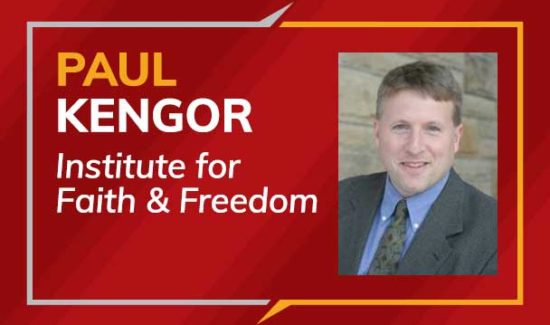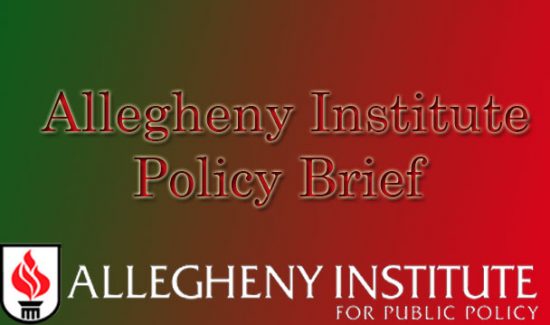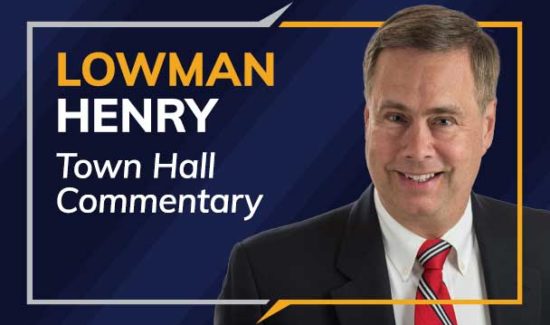Allegheny Institute: Casino Led Renaissance?
Speaking at the Pittsburgh Downtown Partnership’s annual meeting, Mayor Ravenstahl told his audience that 2008 building permits for large-scale projects ($10 million or greater) showed that Pittsburgh was experiencing its third renaissance. Does the permit data really suggest yet another renaissance is underway? Unfortunately for the Mayor, a closer examination of the permit numbers calls into question the notion that a renaissance is at hand. Two serious flaws are discovered in this closer inspection. One, the Mayor’s permit total is far higher than the true total. And second, the renaissance, if there is one, is casino driven.
Raw permit data appears to support the Mayor’s highly touted figure of $928 million in new construction permits in 2008. However, there is a problem arising out of the fact for several very large projects duplicate permits were issued. This would include the casino at $290 million, as well as the August Wilson Center, a South Side Works hotel and the Bakery Square development. According to the Bureau of Building Inspection when there are multiple owners of a project, each owner is issued a permit. Thus, we see the duplicate permits for the casino, etc. To get a true measure of building activity requires the counting process to remove the duplicate permits.
That has been done for large projects permitted in 2008. The value thus derived comes to $688 million, a far cry for the $928 million, renaissance-producing figure quoted by the Mayor.
Secondly, a break down of the permits into private, public, non-profit education and subsidized private projects is revealing. The casino is being built with private money only. That development received permits for $350 million in 2008 to account for over half of the $688 million total. Projects such as Bakery Square ($55 million) and renovation of the former G.C. Murphy store into condos and retail (a $19.5 million building permit) are receiving taxpayer help in one form or another. The Southside Works has also been heavily subsidized ($35 million). In 2008, subsidized private developments in Pittsburgh accounted for $109.5 million of the building permits issued for large projects.
Permits were also issued to non-profits, such as universities and hospitals. This is not too surprising, since the fastest growing sectors in terms of job creation in the region and nationally are health and education. And even though many of the institutions are nominally private, they do depend heavily on government funding in one form or another. The University of Pittsburgh and Carnegie Mellon University were issued building permits for large developments totaling $86.8 million.
Meanwhile, local government and its authorities accounted for more than $141.7 million in permits for large-scale projects, including work on Pittsburgh’s Schools’ Creative and Performing Arts high school ($60 million). The new Penguins’ arena, being built by the Sports and Exhibition Authority, received $47 million in building permits during 2008.
Taken together these "other than purely private" categories account for the remaining $338 million of the $688 million not accounted for by the casino. It is not clear that we should view the casino as the beginning of a renaissance. It would be prudent to wait and see how it performs and weigh the social and economic problems it will create before declaring it the forerunner of a new birth of prosperity and enlightenment in Pittsburgh. The other permits issued tell a different story. Growth at the universities is mostly a good thing. Subsidized retail, office and hotel space is not.
Next year, we will probably be able to add a subsidized amphitheater to the list. Just goes to show the City and state know how to stay the course when it comes to misusing tax dollars and getting precious little in return except unfair competition for existing businesses.





